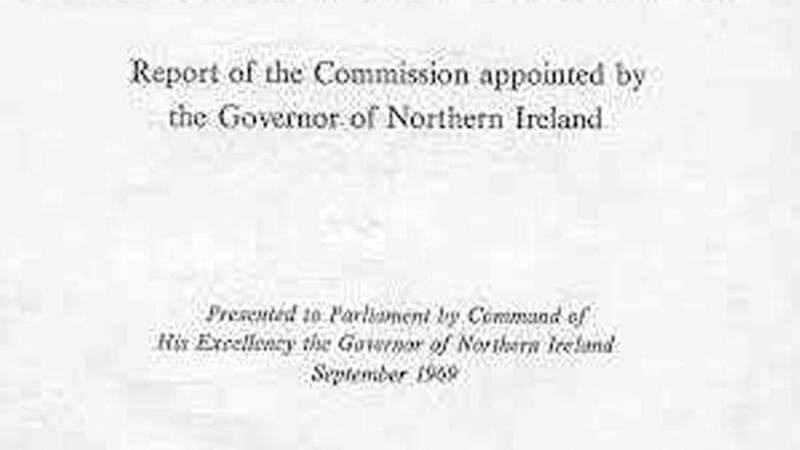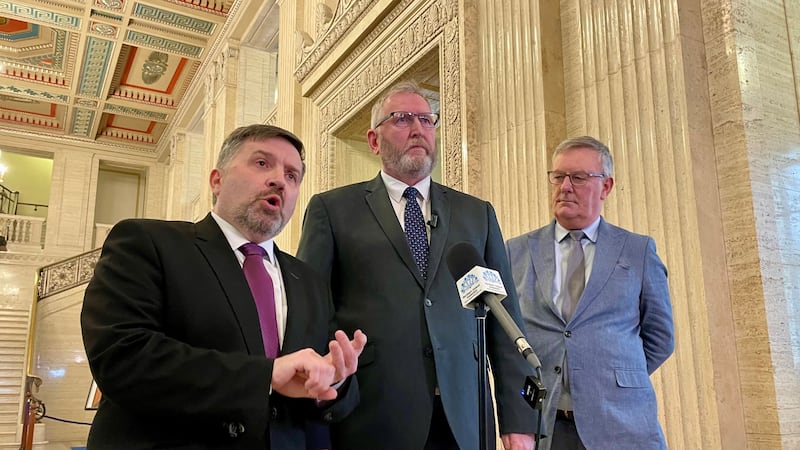A NUMBER of dramatic changes were proposed as a result of the October 5 march and other events leading up to it.
Following the violence, which continued into Sunday October 6, then Northern Ireland prime minister Terence O’Neill established an inquiry under Scottish judge Lord John Cameron.
He was joined in examining events by Professor Sir John Biggart and James Joseph Campbell.
The immediate impact of the inquiry was felt when then Minister of Commerce and later to be prime minister Brian Faulkner resigned from the Stormont government.
Cameron drew a number of conclusions from his examination of events of October 5. He claimed that republicans were present as well as young socialists.
However, he also noted that many moderate leaders were also among the crowd which grew to more than 2,000. These included leader of the Nationalist Party, Eddie McAteer, Republican Labour West Belfast MP Gerry Fitt and activists John Hume and Ivan Cooper.
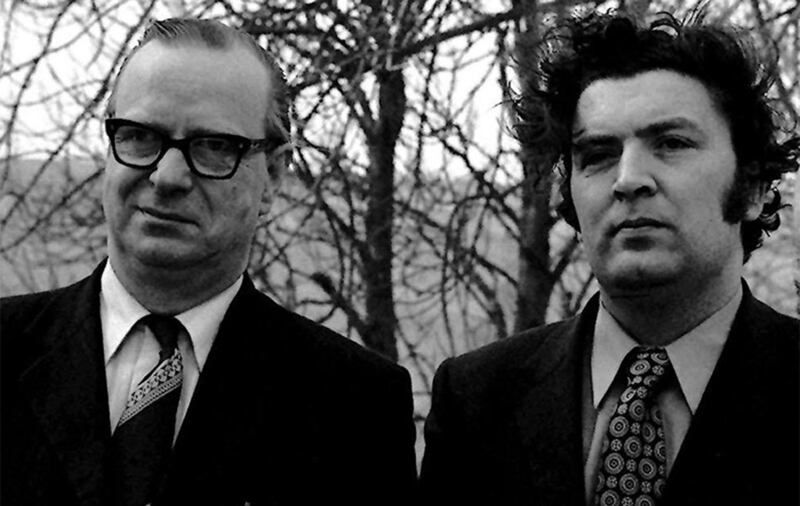
After police, without orders, assaulted Mr McAteer and Mr Fitt with batons, a rally was held at police lines after which the crowd was asked to disperse.
At this point, Cameron concluded: “The police broke ranks and used their batons indiscriminately on people in Duke Street.”
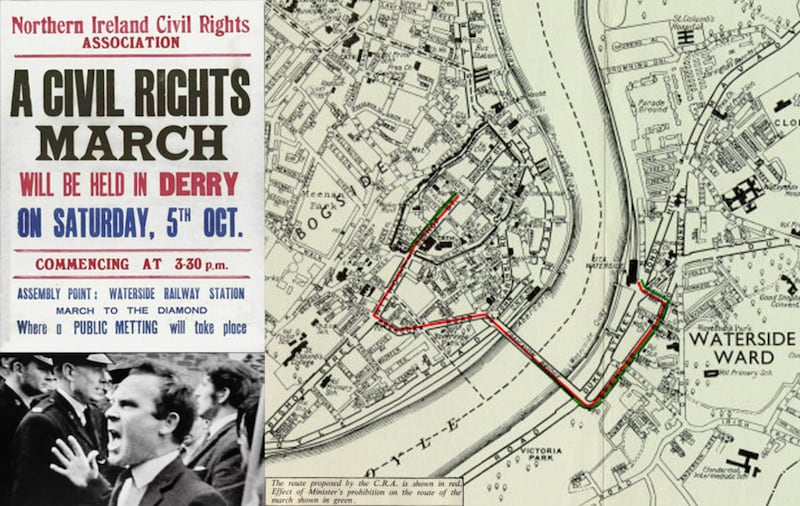
He also criticised the actions of the RUC district inspector who “used his blackthorn with needless violence”.
Overall, Cameron noted: “The use of batons was probably unnecessary and in any event premature as the major part of the demonstrators were obeying their leaders’ advice to disperse quietly.”
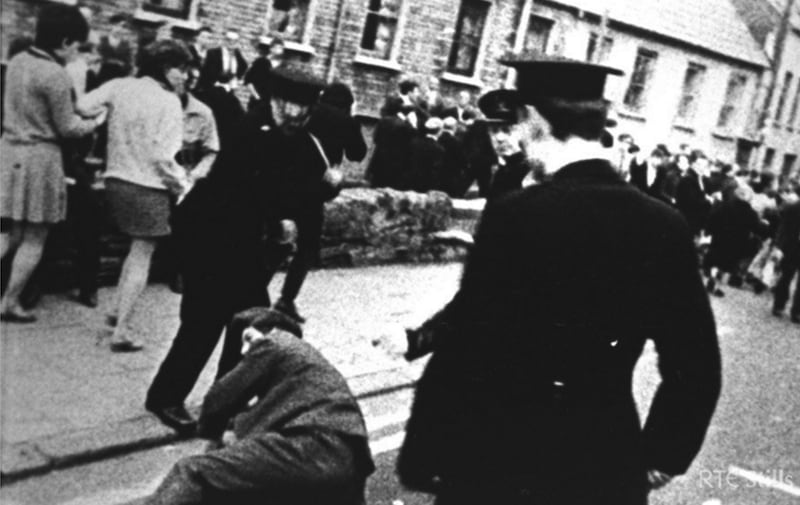
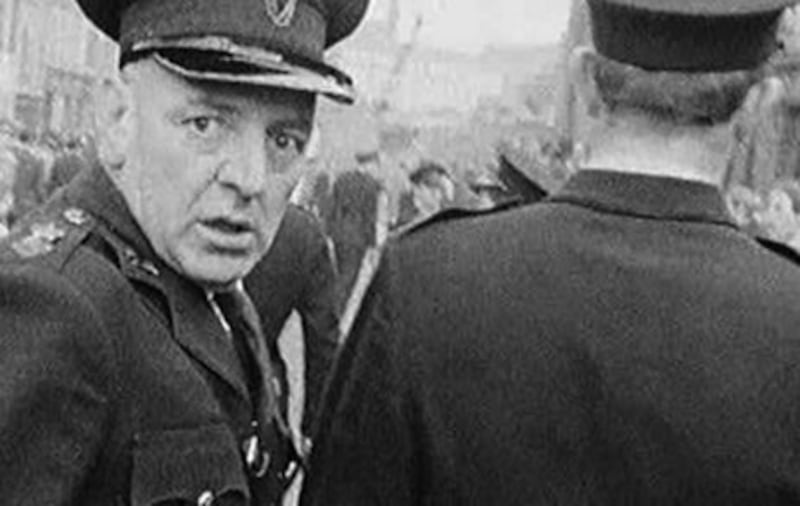
The Cameron Commission found that there was a rising sense of injustice among Catholics due to poor housing and unfair housing allocation. There was also evidence of anti-Catholic religious discrimination and of unionist gerrymandering.
The commission found that the Northern Ireland government failed to investigate complaints or remedy grievances and highlighted Catholic anger towards the Ulster Special 'B Specials' Constabulary. Cameron also found there was apprehension among Protestants about the threat to unionist domination.
Read more:
- Media attention on October 5 1968 changed Ireland forever
- Businessman was attacked while trying to negotiate with RUC during civil rights march
- Altnagelvin hospital was like a war zone following October 5 march
- President Michael D Higgins to address civil rights commemoration
